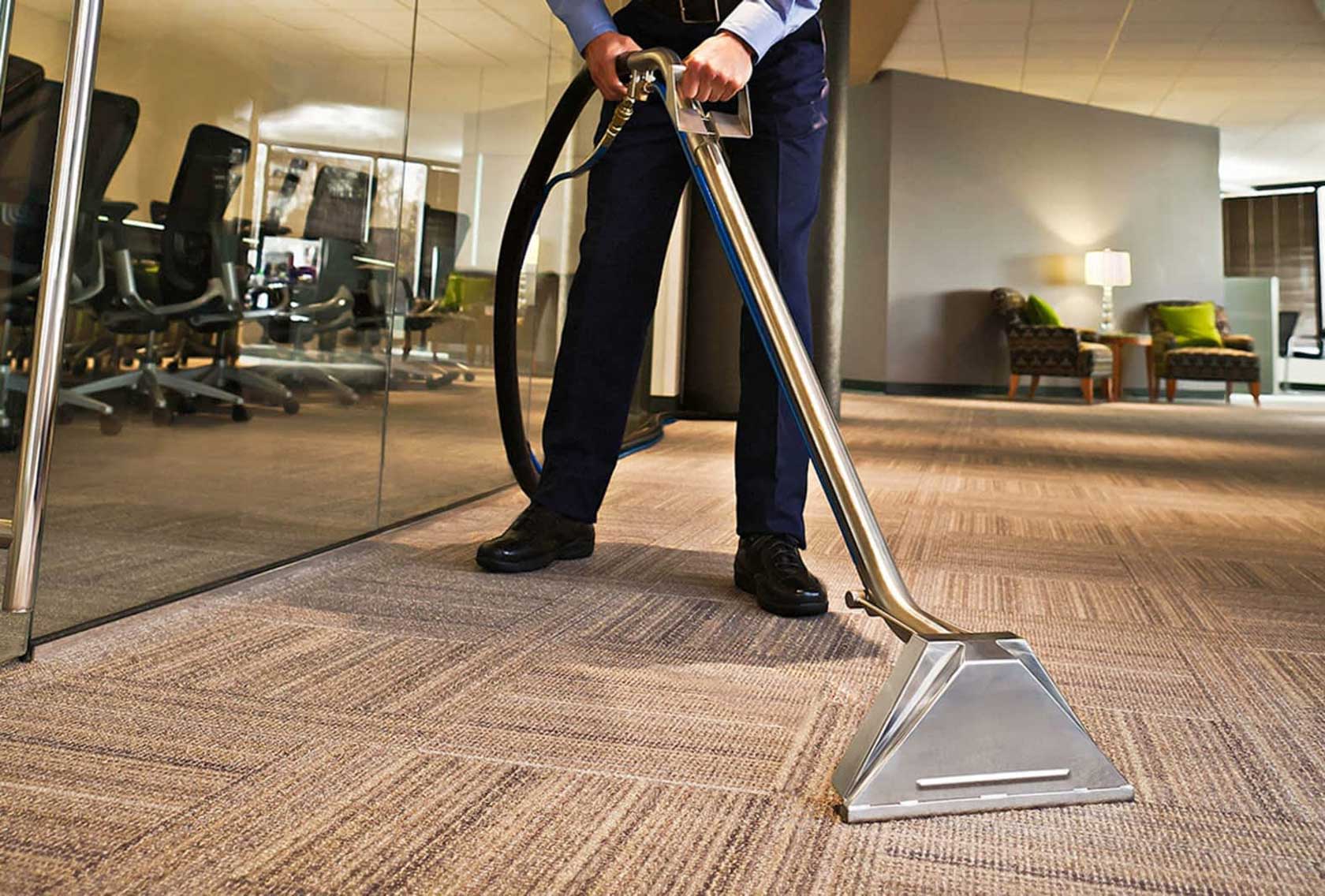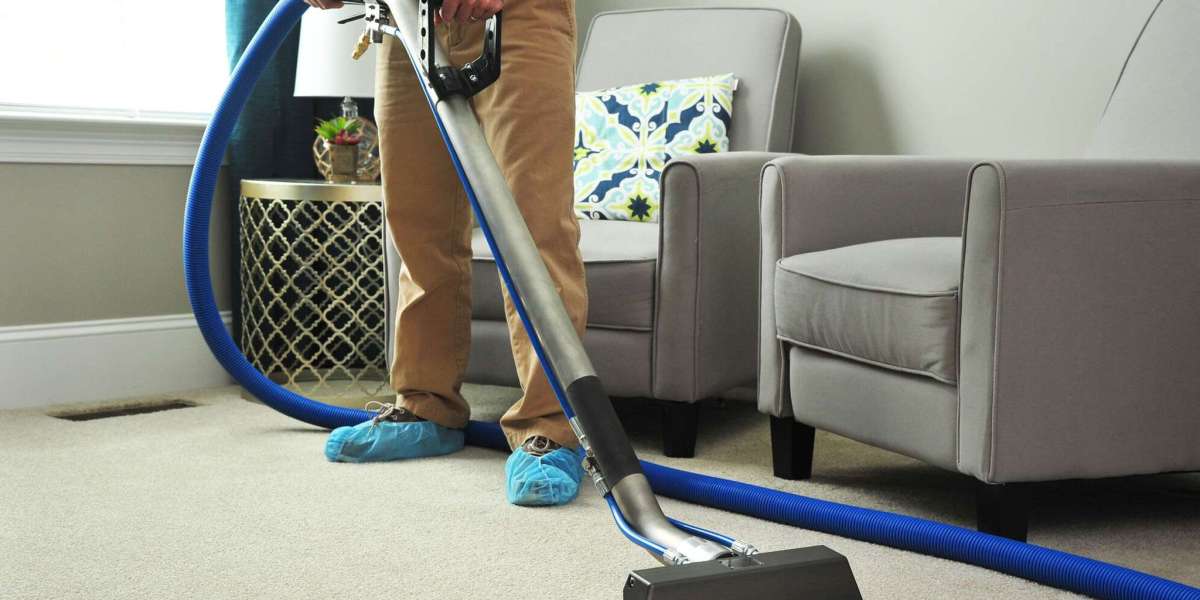Carpets are an integral part of our homes and offices, providing warmth, comfort, and aesthetic appeal. However, they are also susceptible to dirt, stains, and allergens, making regular cleaning essential. This article explores the various techniques of carpet cleaning, the benefits of maintaining clean carpets, and best practices to ensure longevity and hygiene.
Understanding Carpet Construction
Before delving into cleaning methods, it's important to understand the construction of carpets. Carpets can be made from natural fibers like wool and cotton or synthetic fibers such as nylon and polyester. Each type of fiber has unique properties that influence cleaning methods. Natural fibers tend to be more delicate and may require gentle cleaning techniques, while synthetic fibers are generally more durable and resistant to stains.
The Importance of Carpet Cleaning
- Health Benefits: Carpets can trap dust mites, allergens, and pollutants, which can affect indoor air quality and lead to respiratory issues. Regular cleaning helps to eliminate these harmful particles, promoting a healthier living environment.
- Aesthetic Appeal: A clean carpet enhances the overall appearance of a room. Stains and dirt can make a space look neglected, while a well-maintained carpet can be a focal point of interior design.
- Longevity: Regular cleaning can extend the life of carpets. Dirt and debris can wear down carpet fibers over time, leading to premature aging. By investing in cleaning, homeowners can save money in the long run.
- Odor Removal: Carpets can absorb odors from pets, spills, and general use. Cleaning removes these odors, leaving a fresh and inviting atmosphere.
Carpet Cleaning Methods
There are several methods for cleaning carpets, each with its advantages and suitable applications:
1. Steam Cleaning (Hot Water Extraction)
Steam cleaning is one of the most effective methods for deep cleaning carpets. This technique involves injecting hot water and cleaning solution into the carpet fibers, followed by extraction of the water along with dirt and debris. The high temperature of the steam helps to dissolve stains and kill bacteria.
- Pros: Highly effective at removing deep-seated dirt and allergens; sanitizes carpets.
- Cons: Requires longer drying time; may not be suitable for all carpet types.
2. Dry Cleaning
Dry cleaning uses minimal moisture, making it a quick and efficient method. Special dry cleaning compounds are applied to the carpet and worked into the fibers. The dirt is then vacuumed away, leaving the carpet clean and dry.
- Pros: Fast drying time; suitable for delicate carpets.
- Cons: May not remove deep stains as effectively as steam cleaning.
3. Bonnet Cleaning
This method is often used in commercial settings. A rotating buffer with a cleaning pad is used to agitate the carpet fibers and lift dirt. It is effective for surface cleaning but may not penetrate deeply.
- Pros: Quick and efficient for surface dirt; ideal for high-traffic areas.
- Cons: Not a deep cleaning method; may leave residue.
4. Shampooing
Carpet shampooing involves applying a foamy cleaning solution to the carpet and scrubbing it in with a machine. The foam encapsulates dirt, which is then vacuumed away.

- Pros: Good for routine maintenance; effective on certain types of stains.
- Cons: Can leave behind residue; may require significant drying time.
Best Practices for Carpet Care
To maintain the cleanliness and longevity of carpets, consider the following best practices:
- Regular Vacuuming: Vacuuming at least once a week helps to remove surface dirt and Https://Clean.Uk.Com/Carpet-Cleaning/Peterborough prevent it from settling deep into the fibers. High-traffic areas may require more frequent vacuuming.
- Immediate Stain Treatment: Address spills and stains immediately to prevent them from setting. Blot the area with a clean cloth and use appropriate cleaning solutions for specific types of stains.
- Professional Cleaning: Schedule professional deep cleaning every 12 to 18 months. Professionals have access to advanced equipment and cleaning solutions that can achieve results beyond what is possible with DIY methods.
- Use of Carpet Protectors: Consider applying carpet protectors to repel stains and dirt. These treatments can create a barrier that makes cleaning easier and prolongs the life of the carpet.
- Avoid Excessive Moisture: When cleaning carpets, avoid soaking them with water, as excessive moisture can lead to mold and mildew growth. Always ensure carpets are properly dried after cleaning.
- Rotate Furniture: To prevent uneven wear, periodically rearrange furniture and rotate area rugs. This practice can help maintain the carpet's appearance and prevent permanent indentations.
Conclusion
Carpet cleaning is not just a chore; it is an essential practice that contributes to the health, aesthetics, and longevity of carpets. By understanding the different cleaning methods available, their benefits, and implementing best practices for care, homeowners can ensure their carpets remain in excellent condition. Whether opting for professional services or DIY methods, the key is to prioritize regular maintenance and immediate attention to stains. A clean carpet not only enhances the beauty of a space but also promotes a healthier living environment for everyone.







